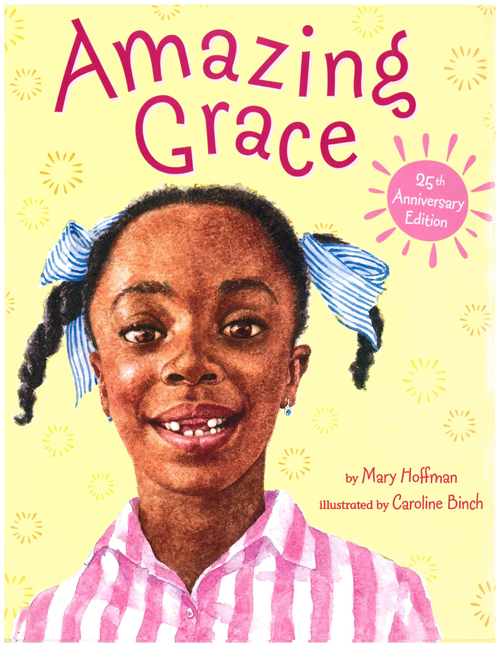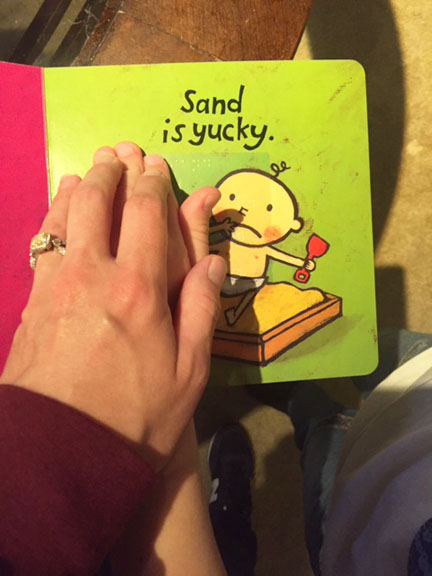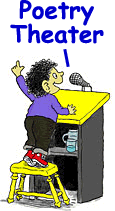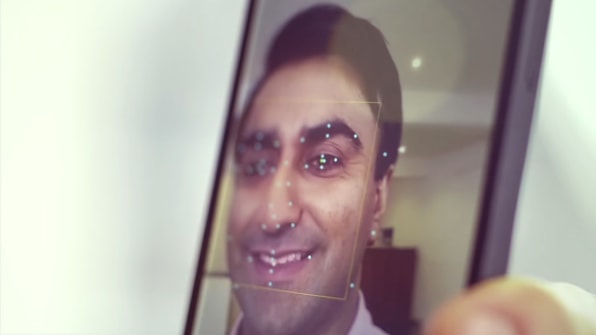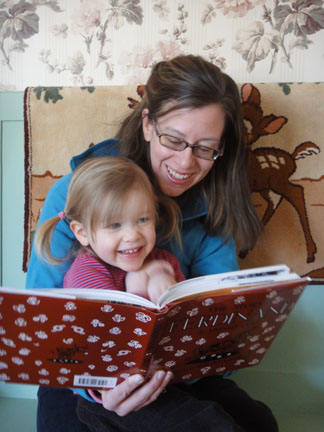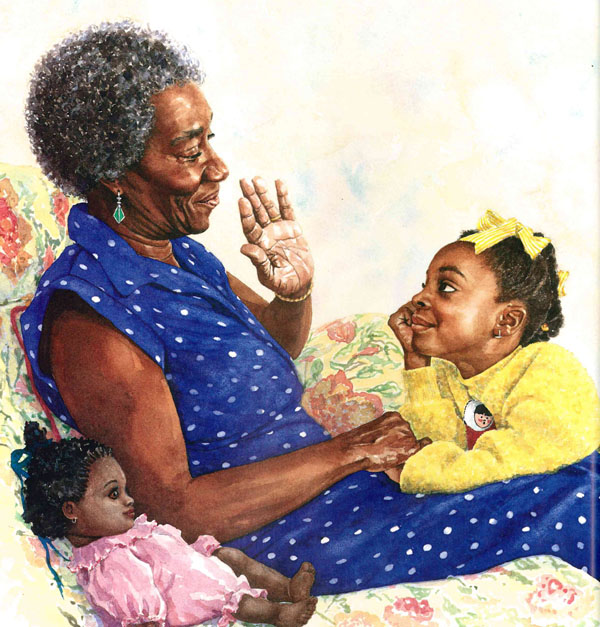Read and Perform a Poem!
The importance of gestures and movement should not be underestimated!
Growing up blind can mean growing up without learning some key gestures and movements. While blind kids may know how to nod their head yes, or shake their head no, or how to wave, it is impossible to learn everything without some guidance.
Parents and teachers play an important role in teaching blind and low vision kids how to move and interact in their environment. Remember, gestures are everywhere and can be used at any time — to emphasize a point, to signal to a friend, to communicate, to convey emotions, and of course, for fun!
Here is a fun poem about a kid who doesn't want to go to bed; this can be acted out with grownups or friends. When reading the lines, you can use different voices, movements, and gestures to make this poem come alive. For example, while reading the lines about brushing your teeth, pretend that you are brushing.
Tips for Reading the Poem
How to Delay Your Bedtime
A poem in four voices
Note: This is an abridged version of the poem.
Narrator:
How to Delay Your Bedtime
Refuse to turn off the TV.
Say:
Child:
All my friends watch this show.
Narrator:
Shout:
Child:
No Fair!
Narrator:
when you're told to go to bed.
Then ask:
Child:
Why can't I stay up till ten like all my friends?
Narrator:
When Dad says:
Dad:
If all your friends
jumped off the Brooklyn Bridge
would you jump, too?
Narrator:
Sneer:
Child:
Yes!
Narrator:
Whine:
Child:
I'm too tired to walk upstairs to bed.
Narrator:
Make Dad carry you up the stairs.
Narrator:
Pout:
Child:
I'm too tired to brush my teeth.
Narrator:
Wait till Dad squeezes the toothpaste
onto your brush and starts brushing
your teeth for you.
Then groan:
Child:
Ouch, you're hurting me.
Narrator:
When Mom comes in to say good night
and asks you to pick up your clothes,
yawn:
Child:
I'm too tired to pick up my clothes.
Narrator:
Watch while your Mom picks them up for you.
Beg:
Child:
I need a bedtime story.
Narrator:
When Mom finishes the story,
ask:
Child:
And then what happened?
Narrator:
Tell her:
Child:
That story got me excited.
Now I need a backrub to make me sleepy
Narrator:
When Mom starts rubbing, give directions:
Child:
Rub a little higher.
No, a little to the left.
No, more to the middle.
Narrator:
When Mom stops rubbing,
grumble:
Child:
I was just starting to feel sleepy —
don't stop now.
Narrator:
When Mom says:
Mom:
For the last time, good night!
©1996 by Bruce Lansky. Adapted from the poem "How to Delay Your Bedtime" from My Dog Ate My Homework, published by Meadowbrook Press. This classroom theater play version of "How to Delay Your Bedtime" is ©1999 by Meadowbrook Press.
This activity was created by Lisamaria Martinez for Great Expectations.



